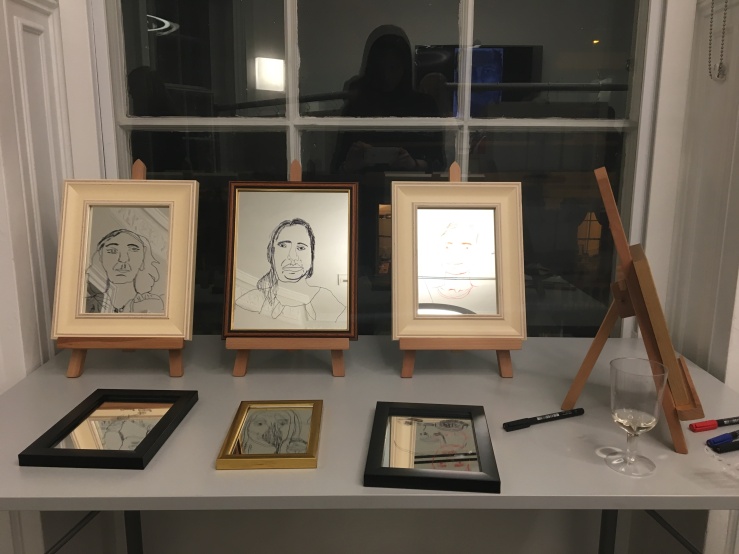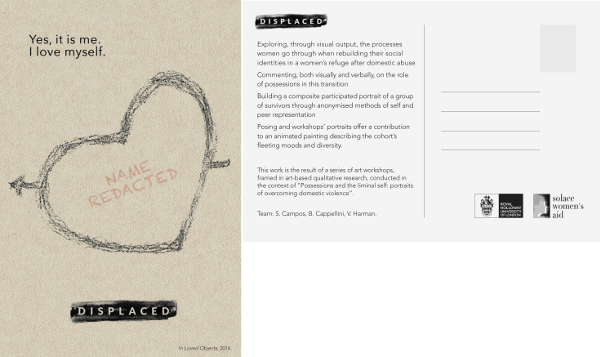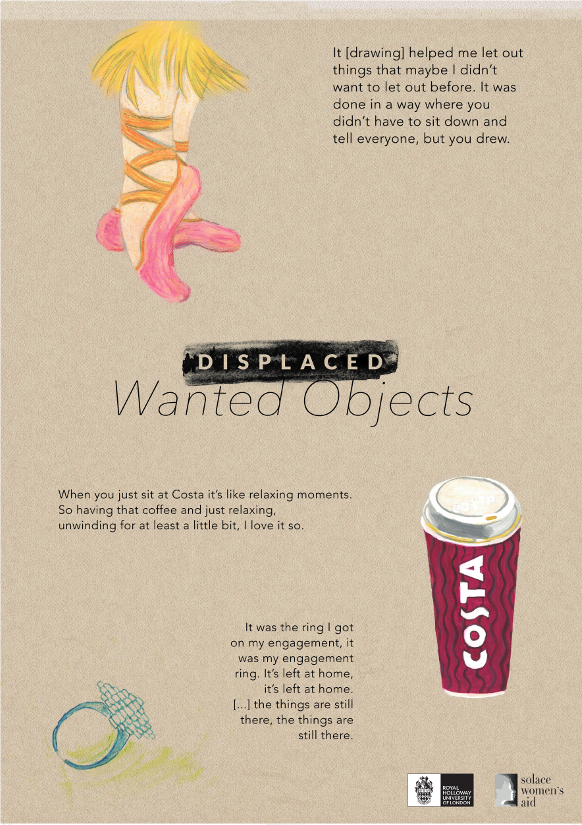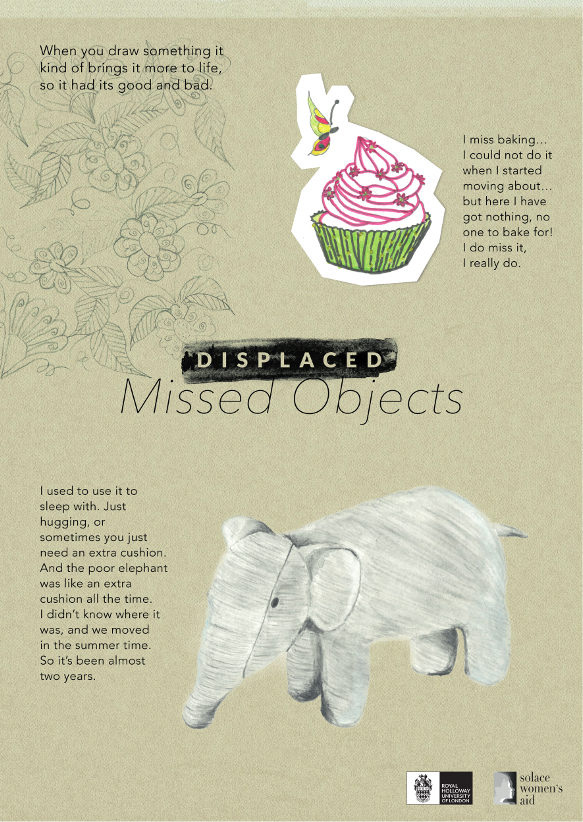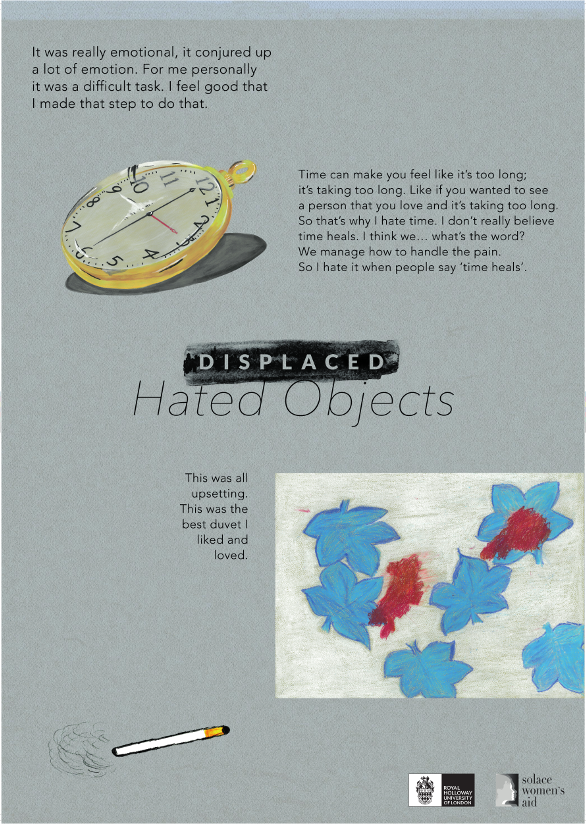We get in and out, but you are staying there, at the beginning of your difficult path for change. We sometimes feel that we did not thank you enough for opening up and sharing your stories with us, despite the notion that we are a bridge for sharing them with the rest of the world.
This is our work, meaning it is as much yours as it is the research team’s. We felt it was another unfair happening in your lives that you could not be present in the public exhibitions, having your authorship recognised, collecting all the deserved compliments for your beautiful work.
We are not sure that you will all see this, and that you will have the chance to see the photographs of the interaction of our participative work with the public. In case you browse for some information you might arrive here. And then we want you to know that we haven’t forgotten you. We will go on remembering your faces, your voices, your feelings, and also the joy of doing art side by side.
Our connection is contained in the work. We will go on together.
Benedetta, Vicki, and Susana










